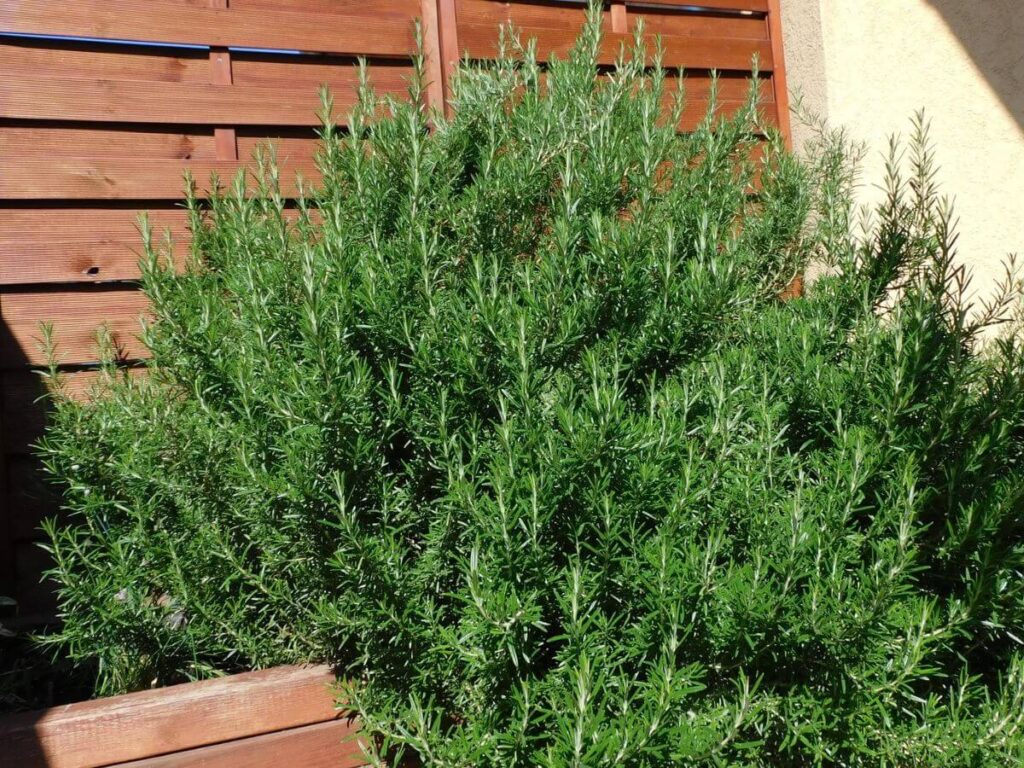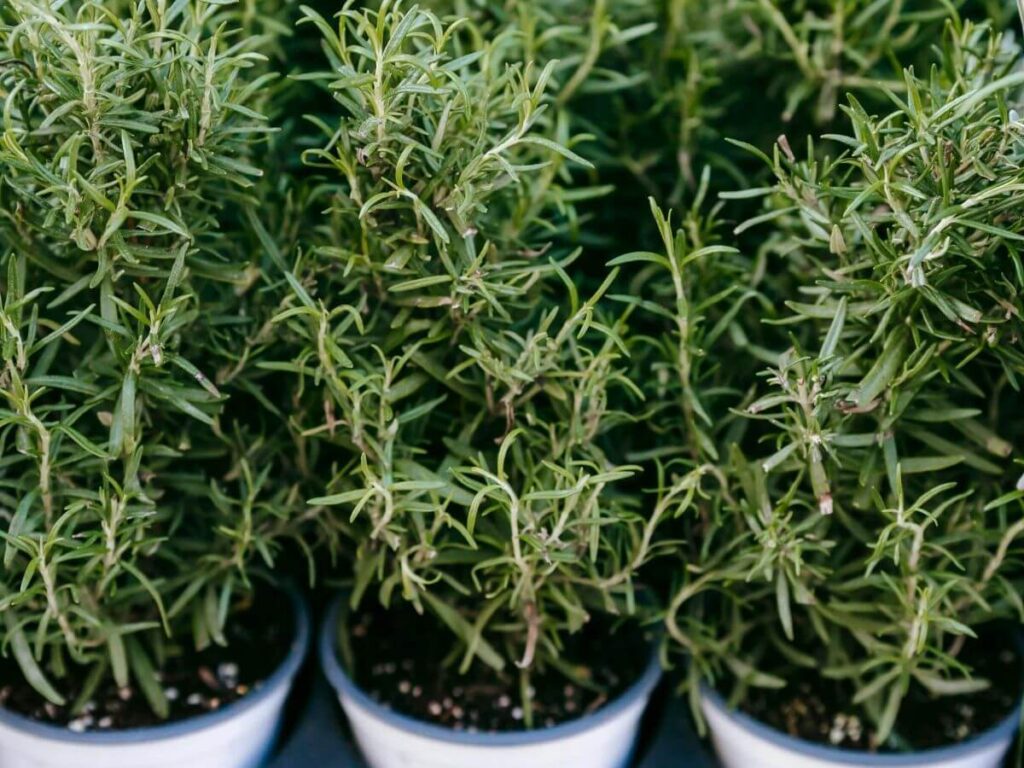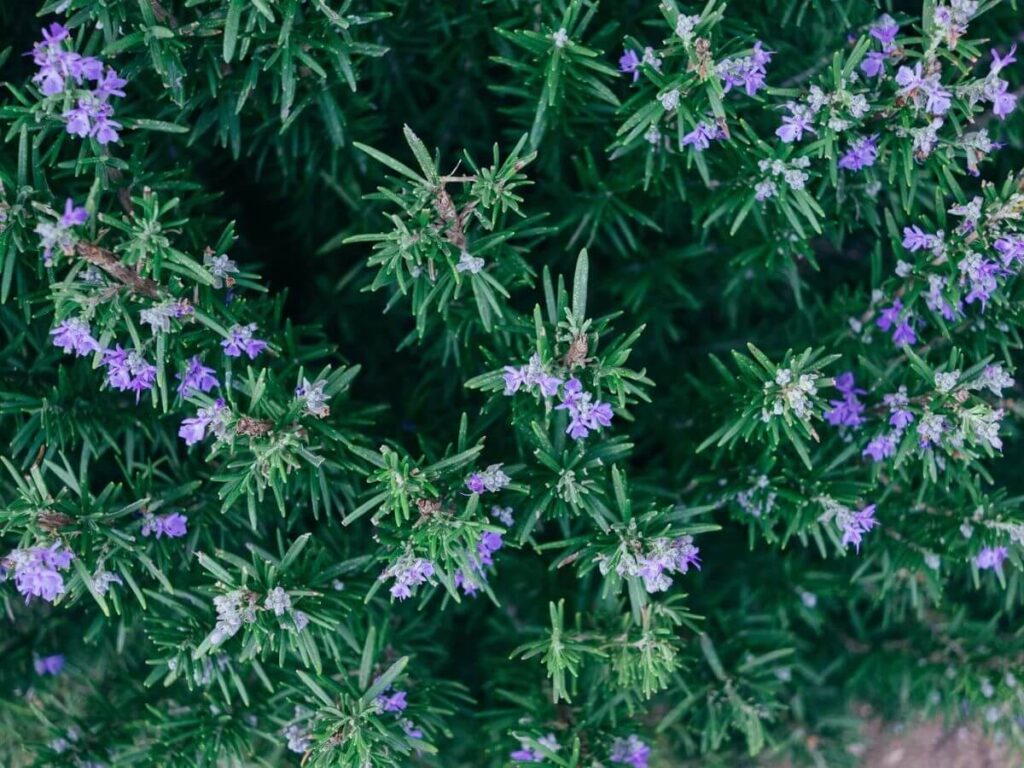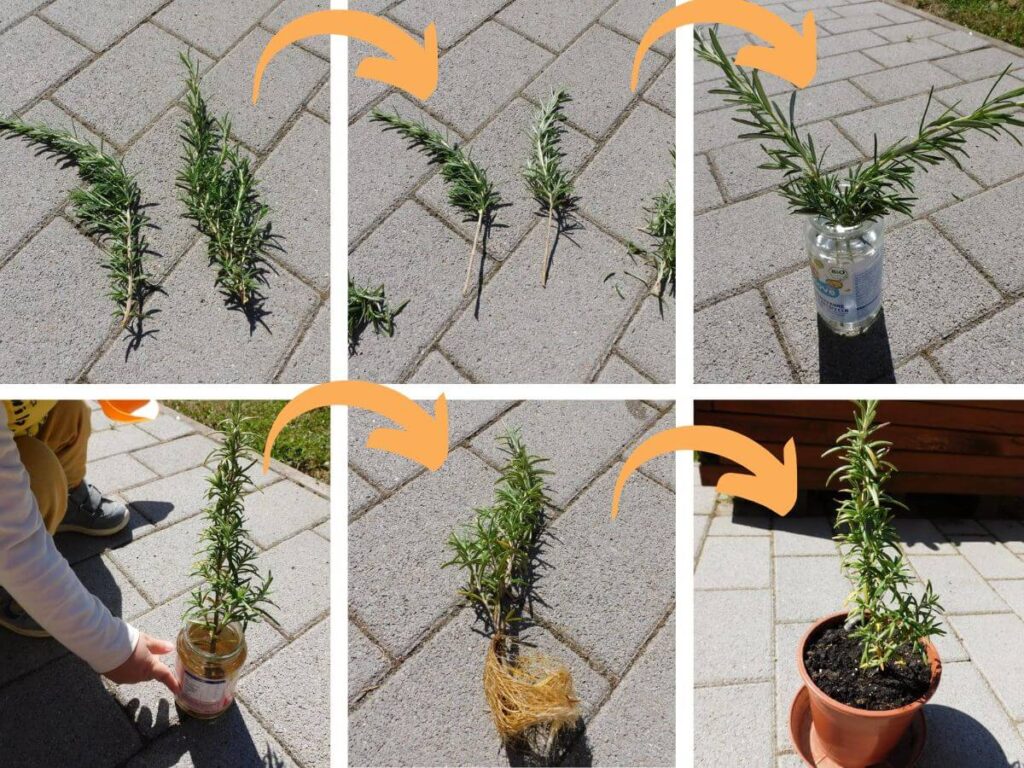Hey there,
As a star of Mediterranean cuisine, it’s no wonder this herb is called a miracle herb. Besides its healing effects, it stimulates appetite and aids digestion, making it a bold choice for seasoning food. It can be used alongside Italian herbs such as basil, marjoram, thyme, or oregano to season various meat dishes. Due to its aromatic, camphor-like smell and taste, Rosemary is often used to flavor vegetable soups and stews.
Not only does it prove to be an excellent herb, but it also has many advantages as a medicinal plant. Rosemary tea or medicinal baths are excellent for stimulating blood circulation and brain function. The ointments and creams made from it are anti-inflammatory, but they are also used for their choleretic and diuretic effects. The cosmetics industry uses its essential oil in the production of various deodorants, shampoos, and soaps.
This post shows how you can plant Rosemary, 3 propagating methods plus one, which is my favorite, how you can care for Rosemary, and interesting facts about Rosemary.
Let’s start with a few informative, scientific facts:
Latin name: Rosmarinus officinalis
Rosemary belongs to the Lamiaceae family and comes from the Mediterranean region. It was known and used by the ancient Greeks and Romans.
Rosemary is a beautiful, fragrant, and versatile herb that is worth growing not only in the kitchen but also in the garden. The small, blue-flowered rosemary bush adds aesthetic value to the garden, and the aromatic oils found in its leaves offer numerous health benefits.
Beneficial effects
1. Antioxidant effect: Rosemary is rich in antioxidants that help protect cells from harmful free radicals.
2. Anti-inflammatory: It has an anti-inflammatory effect that can help treat various inflammatory diseases.
3. Improves digestion: Helps digestion, and reduces bloating and heartburn.
4. Memory and Concentration: It improves memory and concentration.
5. Antimicrobial: It has natural antimicrobial properties that can help prevent infections.
Interesting Fact about the Use of Rosemary
Native to Southern Europe and Asia Minor, Rosemary has been used as both a medicinal and culinary herb since ancient times. It was known as a symbol of love and beauty. To this day, many countries use it as a wedding table decoration or woven into bridal bouquets, symbolizing marital fidelity. The Greeks believed it could enhance memory and it was also commonly used for repelling moths.
Planting Rosemary
Growing rosemary is very simple, making it suitable even for beginner gardeners. It can be planted in a herb garden or used for creating a Mediterranean-themed herb corner indoors. However, there are a few steps to remember before we get started.
Preparations:
Rosemary requires loose, nutrient-rich soil with good drainage. For home cultivation, plant it in a larger pot, the place of the planter must be twice as deep and wide as the size of the purchased container, because this will help the development of the roots.
Choosing the Right Location:
Rosemary is light- and warmth-loving, so choose a spot where these needs can be met. It is particularly drought-tolerant, so do not overwater, and be careful with watering. Planted in a pot, it can even be placed on a balcony or terrace, but it also looks great in a kitchen window next to basil, thyme, marjoram, oregano, and peppermint.
Planting Process:
After we have chosen the most suitable place and we are done with the preparations, the final step is planting. The ideal time for planting is between March and April (container plants can be planted any time outside of frost periods). After planting, water the rosemary.
Rosemary is a drought-tolerant plant, but after planting, water it regularly to help it establish well. After this period, it requires moderate watering, once a week is sufficient.
Care of Rosemary
Rosemary is a low-maintenance plant, but it’s worth paying attention to a few important things when caring for it. It enjoys sunny, sheltered locations, but can also tolerate partial shade, and thrives in most soil types. As a drought-tolerant plant, it particularly dislikes stagnant water and deep shade. It can tolerate frost to some extent. You need to water it when the soil is a bit dry or when the plant requires it due to the climatic conditions.
Propagation of Rosemary
Rosemary can be propagated by seeds, stem cuttings, or layering. Let’s see how each method works!
From Cuttings
This is the most common method.
- Cut a 5-7 cm piece of stem from a mature rosemary with clean, sharp scissors. The piece of stem selected for the cutting should be flexible and newly wooded. That is why when the plant is in its most active growth phase in the spring, it is most suitable for cuttings. But it can be done anytime until the end of August.
- Remove the leaves from the lower two-thirds of the cutting, leaving at least five or six leaves at the top.
- Plant the prepared cutting in a well-draining potting mix. Using rooting hormones can enhance the chances of successful rooting.
- Cover the pot with a plastic bag or plastic wrap, ensuring to ventilate it daily. This helps maintain moisture around the cutting.
- Place the pot in a location with indirect sunlight.
- Once you observe new growth emerging from the cutting, you can remove the plastic bag or wrap.
- Transplant the rooted plant into its permanent location.
By Layering
This method is essentially similar to propagation by stem cuttings, with the difference that the stem remains attached to the parent plant until it roots.
- Select a long enough, young branch.
- Bend the branch down to the ground, stab it, and fix it at one point to keep it in place. This area should be about 5-7 cm long beyond the point where it will be secured to the ground.
- Remove the leaves and bark from the section of the branch that will be in contact with the soil, leaving a 1-1.5 cm strip of bare stem.
- Cover the stripped section of the branch with soil.
- Once you see new growth emerging from the tip of the branch, cut it off from the parent plant and transplant it to a suitable location.
By Seeding
The process of germinating seeds is challenging and therefore not commonly practiced.
- Soak the seeds in warm water overnight to soften their hard seed coat.
- Sow the seeds in a tray or pot, covering them lightly with a thin layer of soil.
- Keep the soil consistently moist but not soggy.
- Place the tray or pot in a warm location with indirect sunlight.
- Once the seedlings have grown strong enough, they can be transplanted into individual pots or the garden.
Germination can sometimes take up to three months, so it’s only recommended for patient gardeners!
Are you a mom with young children? Are you looking for a propagation method where your toddler can help too? Let me show you how we usually do it!
Using Water
Cutting:
- Cut a healthy stem from the rosemary plant, about 10-15 cm long. Ensure the cutting is fresh and green.
- Remove the lower leaves to prevent them from touching the water when placed in it, which can prevent rotting.
Rooting in Water:
- Place the cut stem in a glass of water, ensuring that the leaves do not touch the water.
- Position the glass in a bright location, away from direct sunlight.
- Change the water every few days to keep it fresh and prevent bacterial growth.
Root Development:
- You should see roots developing on the stem in approximately 2-4 weeks. Wait until the roots are at least 2-3 cm long.
Planting in a Pot:
- Prepare a pot with well-draining soil. You can use a mix designed for cacti or herbs, or create your own using sand and general-purpose potting soil.
- Carefully plant the rooted stem in the pot, covering the roots with soil. Take care not to damage the roots.
- Gently press the soil around the plant to stabilize it.
Care:
- Water the freshly planted rosemary, but avoid overwatering. Keep the soil slightly moist during the first few weeks.
- Place the pot in a bright location where the plant receives adequate sunlight. Rosemary thrives in sunlight, but you have to protect newly planted ones from direct, intense sunlight.
- As the plant strengthens, gradually reduce watering and transition to a regular rosemary care routine.
This method doesn’t involve the use of chemicals, only fresh water. It’s a great way for you and your child to observe day by day as the rosemary develops roots, and then plant the new plant together.
Knock, knock, do your children like Strawberries? Don’t forget to read my post about it: Many people get this wrong – this is how to keep container-grown strawberries alive! | Bloom and Boughs
or check my other Gardening posts, here: Gardening Archívum | Bloom and Boughs
Conclusion
Rosemary is a versatile herb. It thrives in sunny locations with well-drained soil and requires minimal maintenance so it’s good for beginner gardeners. Growing rosemary at home provides fresh herbs for cooking and adds Mediterranean charm to gardens. Its aromatic foliage and medicinal properties make it valuable to any garden or kitchen. Overall, cultivating rosemary at home is both rewarding and beneficial.








0 Comments